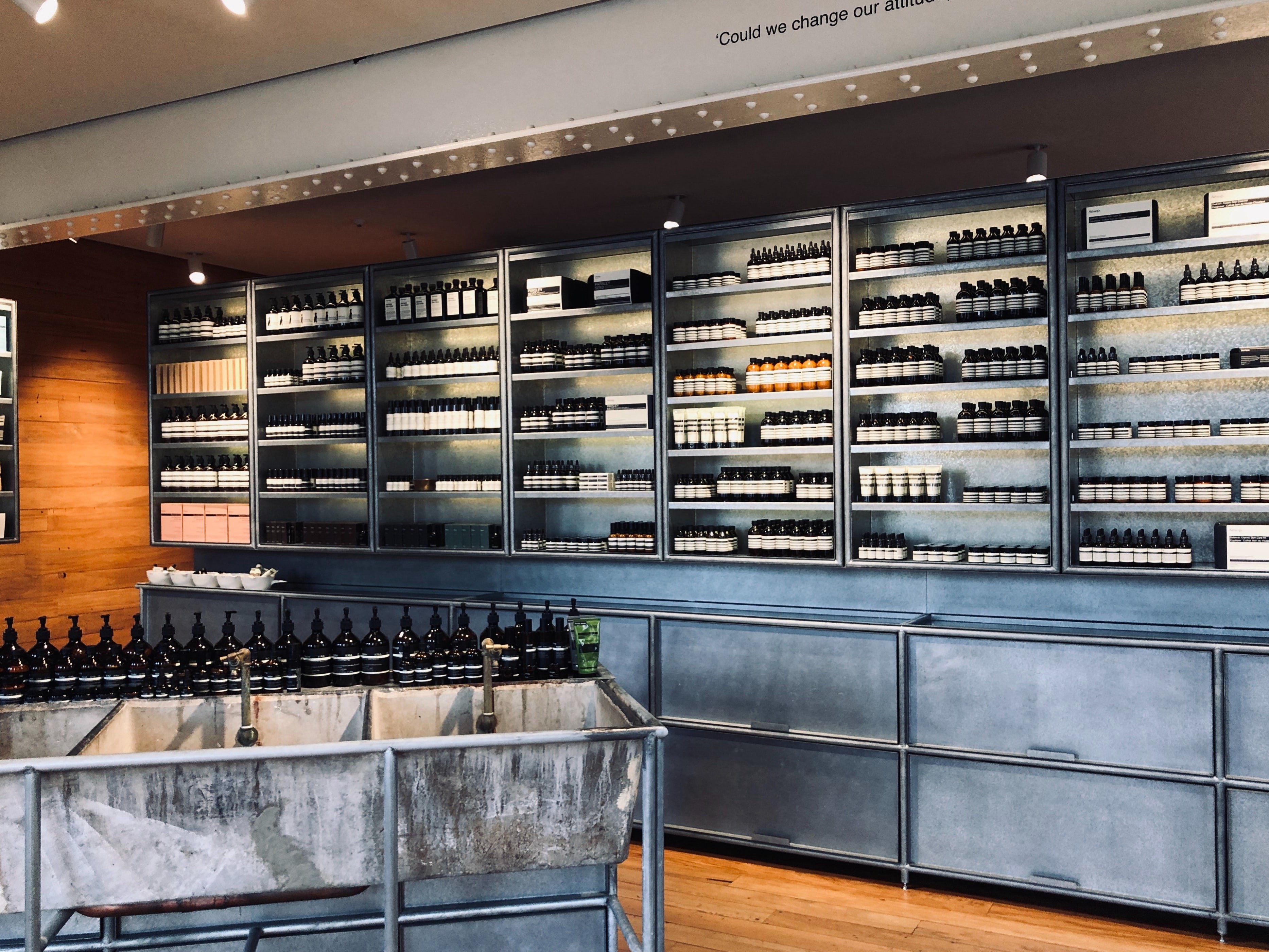Between Lovable Beauty and Unlovable Ugliness

By Tim Leberecht
Beauty and love — the relationship between the two has been the cause of much passionate philosophical debate (and even war).
Urbanism professor Michael Benedikt created a 2 x 2 matrix illustrating the continuum from “lovable beauty” to “unlovable beauty,” and from “lovable ugliness” to “unlovable ugliness.”

He arrived there by intersecting the two main traditions shaping Western notions of beauty and love: beauty as the highest aspiration of the Greco-Roman tradition and love as that of the Hebraic-Christian. Both traditions, Benedikt argues, view “lovable beauty” as the highest state of the human experience and agree on “unlovable ugliness” as the lowest. He points out, “There is a tendency to think the job is done in each case: the Greco-Roman resting at beautiful (lovable or not), and the Hebraic-Christian resting at lovable (beautiful or not).”
But those two absolute viewpoints are less interesting to him than the shades of beauty between them, for example “lovable ugliness,” for which he cites the juvenile as the most prominent manifestation: “Consider the large, wide-set eyes and the charmingly uncoordinated antics of babies and puppies; consider the freshness and awkwardness, the innocence, the unwarranted confidence and nonjudgmental affection of the very young.”
He concludes:
“What makes (some) ugly things lovable is the hope for transformation, or the knowledge that it is imminent. The duckling we know will become a swan is not really ugly.”
In contrast, unlovably ugly objects, places, or people offer little such hope.
In business? Facebook is unlovably ugly. TikTok is lovably ugly.
And as for “unloved beauty”? “Here we enter the territory of much modern architecture,” Benedikt contends.
Unloved beauty is pure functionalism purposefully stripped of love. A fully automated AI-first organization run entirely by machines comes to mind. Loved beauty is…Rome.

Aesop is a lovable beauty, too. The Australian B-Corp has rarely put a foot wrong since it was founded by hairdresser Dennis Paphitis in 1987. Having earned a reputation as a beauty brand whose concept of beauty goes beyond skin-deep, it has managed a nearly impossible feat: to become a luxury brand that’s simultaneously an unpretentious, self-assured, no-cult cult.
There are numerous case studies on Aesop’s unique philosophy and approach. At the center of the company’s success are skin, hair, and body products that are carefully blended, cruelty-free, eco-friendly, and made with natural ingredients.
But equally important has been Aesop’s “unbranding” marketing, which centers on actively participating in the art and design community — partnering with numerous prestigious art and cultural institutions, including The Judd Foundation, The Metropolitan Museum of Art, and Tate Modern — poetic writing, and “unselling”: the decision to let the Aesop products and their presentation in carefully designed store environments, highlighting elements of scent, touch, and local culture, speak for themselves.
“I like ideas and products that reveal themselves slowly — more whisper than scream, something that becomes part of our own personal universe,”
Aesop founder Dennis Paphitis once said, and his predilection pinpoints the essence of the brand and serves as its guiding principle to date.
A non-beauty brand beauty brand with beauty as its transcendent purpose — that is on the one hand a safe bet, but on the other hand also an increasingly daring proposition in a cultural climate of acute social consciousness in which luxury brands are exposed to new scrutiny. Aesop’s fastidious earnestness and rigor can easily be mocked as a somewhat quaint persona — or it may be exactly the kind of consistency we need in these pandemic times.
To dive deeper, subscribe to the weekly Beauty Shot newsletter by the House of Beautiful Business. This week’s issue is exclusively devoted to the “beauty deficit disorder.”
Tim Leberecht is the co-founder and co-CEO of the House of Beautiful Business, a global platform and community for making humans more human and business more beautiful.
Photos:
Top: The seven-story, 180,000-square-foot building, also called the “Basket Building,” designed for the Longaberger company in Newark, Ohio, is considered one of the, if not the ugliest building in the world. Is it also unlovable? Credit: The Architect’s Newspaper
Bottom: An Aesop store. Photo by Chaozzy Lin on Unsplash
